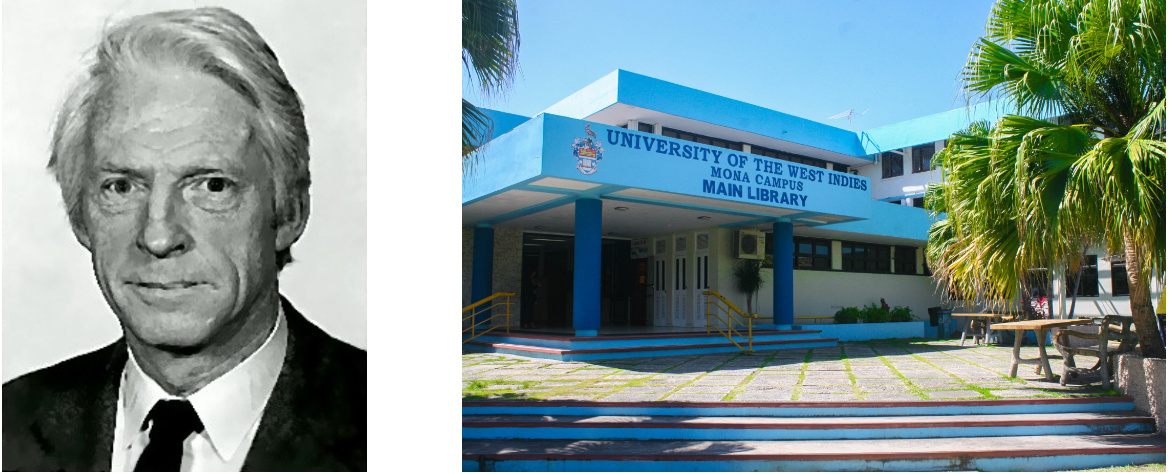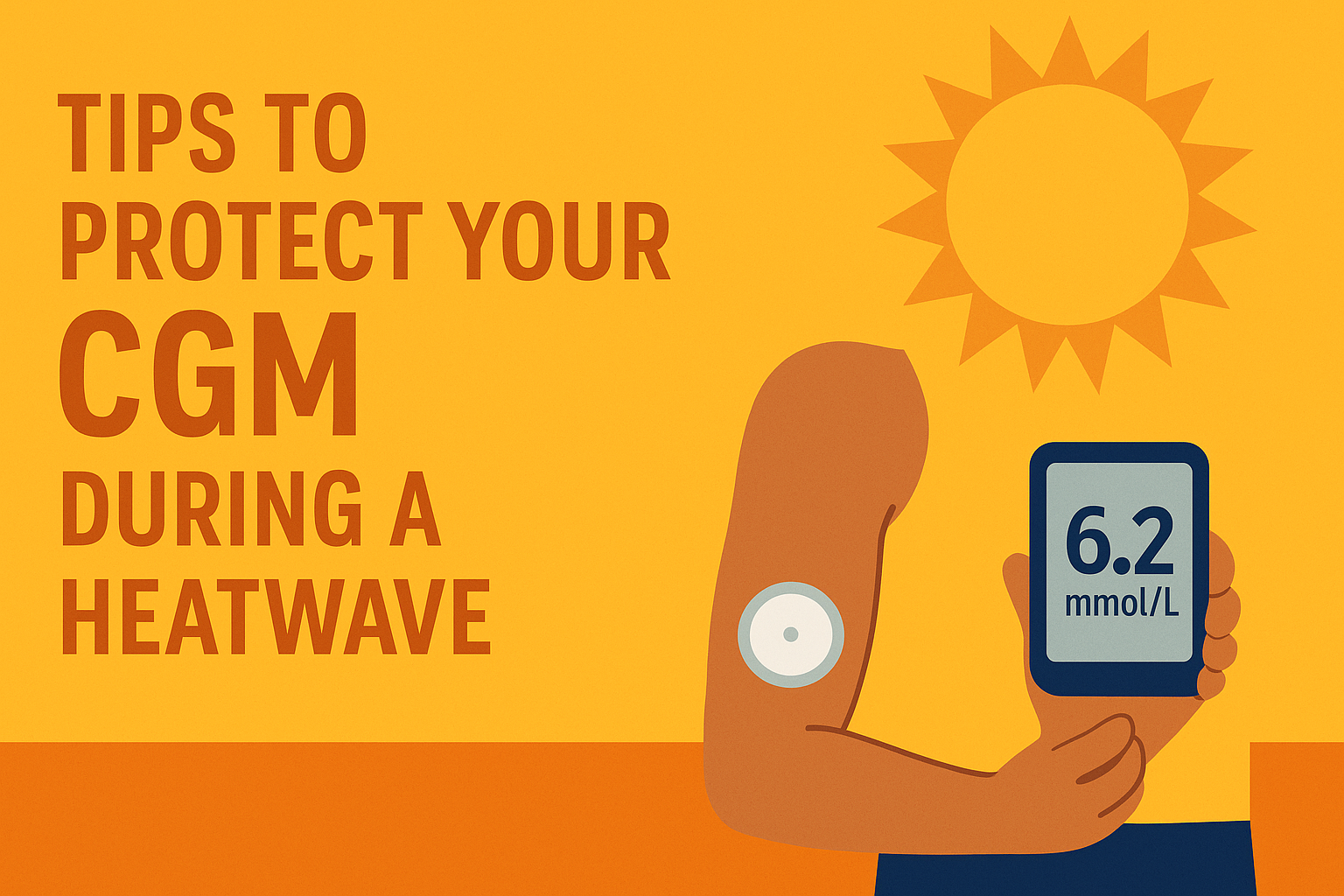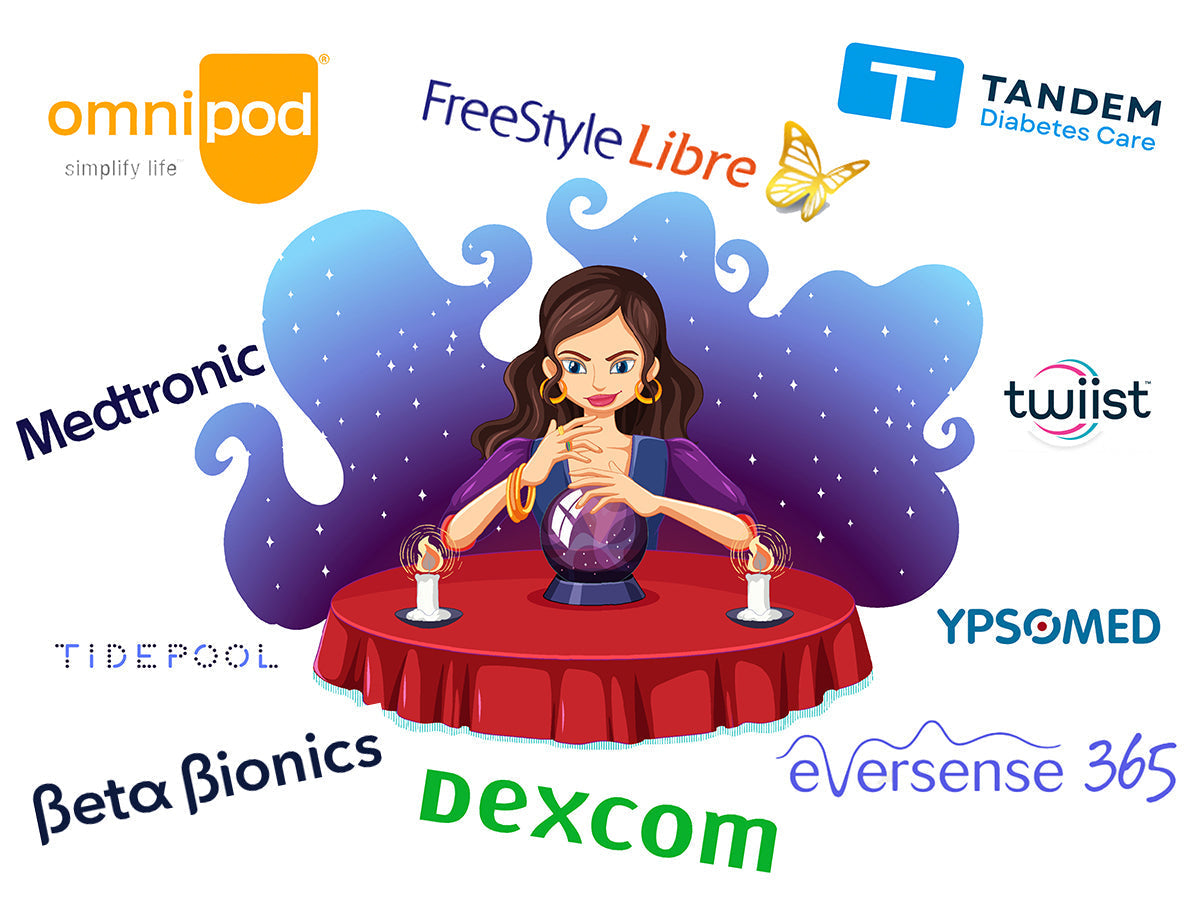FREE PDF DOWNLOAD WITH KEY POINTS TO SHARE - SCROLL TO BOTTOM OF ARTICLE
This blog reflects on my own experiences of having a hypo and the difficulties encountered in explaining what’s happening to me.
I think it’s particularly difficult for others to understand when you can appear fine ‘one minute’, then be struggling with the most basic of tasks – even thinking, speaking or moving – then be fine again, all within a space of minutes. And that’s not to take away the fact that it can lead to more serious situations and is potentially fatal.
Whilst thinking about writing this blog I discovered that there is limited detail on what a hypo actually feels like, although there are lots of lists of the symptoms of hypoglycaemia (usually abbreviated to ‘hypo’). Whilst I identify with these it doesn’t reflect the reality of dealing with low glucose levels. For me, the symptoms, and importantly the combination of such, can be different each time I have a hypo, and these are largely unpredictable.
Explaining to others, whilst having a hypo can be practically impossible if I’m struggling to speak coherently and I can sometimes feel my brain ‘shutting down’ as my body lacks the vital energy it needs to function. For strangers looking on it can also appear that I’m drunk and behaving obnoxiously! But to some extent I realise that I’m lucky to have hypo awareness, although not immune to being ‘caught out’ by a low reading from my Libre sensor.
Definition
Hypoglycaemia, or more commonly referred to as a hypo, is where the level of sugar (glucose) in the blood drops too low. In medical terms this is a level below 4.0mmol/L although symptoms can occur before an individual reaches this level, or may not always appear even for those with hypo awareness.
Why it happens
There are several common reasons why a person can have a hypo, although sometimes there’s no obvious explanation. The main reasons are: taking too much insulin; delaying a meal or not eating at all; not eating sufficient carbohydrates with a meal; intensive exercise or activities; and drinking alcohol, too much or without eating (see below section on alcohol).
Symptoms
Early symptoms of low glucose levels can vary from person to person and are not always the samefor an individual. Some type one’s will experience warning signs, though not necessarily all the time. Others don’t have any awareness that they have low blood sugar and are ‘hypo’.
There are both physical and emotional symptoms that can appear when hypo, some will be more obvious than others and some may develop only if the hypo is severe and continuing. These are my descriptions of the symptoms I have experienced, but are by no means all those which can occur with low blood sugar:
- sweating, sometimes profusely and a feeling of clamminess. This can occur particularly at night and will often be a reason for waking as the body’s adrenalin kicks in.
- feeling completely drained, tired out or unable to move – a feeling of walking through treacle or just feeling that you have to sleep.
- being dizzy or a feeling of light-headedness. Sometimes not really knowing where you are or what you’re doing. People who witness this symptom may assume that you’re drunk.
- feeling hungry - sometimes this can seem insatiable and is accompanied by a feeling of panic. Overeating is a real issue when having hypos and this can lead to high sugar levels hours later.
- a fuzzy feeling on the lips, similar to the feeling when the body ‘wakes’ after having a muscle cramp.
- feeling unsteady, shaky or trembling. Again, a symptom that can be attributed to appearing drunk.
- a fast heartbeat and palpitations – I perceive this as a fluttering effect in my chest.
- becoming easily irritated, tearful, anxious or moody or feelings of sadness I definitely identify with all these and would say I’m easily agitated too.
Low blood sugar means the brain is starting to be starved of energy, which is why severe hypos can lead to loss of consciousness. Co-ordination and dexterity become more difficult too.
Sometimes a hypo at night will wake me up, feeling sweaty and disorientated. There’s a definite feeling of my head not being right and it can feel like there’s a stone in my stomach keeping me rooted to the bed. There’s also a gut feeling too that I need to get up to rescue myself from the hypo and the adrenalin – fight or flight response - working inside tells me to ‘dig-deep’. I use the energy I can muster to get downstairs to raid the kitchen, but then find I don’t have the ability to climb back up the stairs to the sanctuary of my bed and I sit on the kitchen floor waiting for the sugar to take full effect.
If a low blood sugar level is not treated quickly or treatment is delayed, other symptoms may develop, such as: blurred vision; slurred speech or being unable to get your words out coherently; being unable to control movements and being clumsy; seizures or fits; and collapsing or passing out.
When I get to this stage, I can actually feel my brain isn’t functioning properly and I tend to have a feeling of ‘closing down’. I can feel that I need to retreat into a quiet space on my own to deal with the situation. It’s a feeling that’s very private and will sometimes keep to myself to hide how low my glucose levels are falling. This is potentially dangerous, a fact that’s clear when my thoughts are rational.
Treatment
A box of hypo treats is a key part of a type one’s daily baggage and it’s advisable not to go anywhere without carrying a source of glucose for treating an unexpected low glucose event. The recommendation is generally to start with a sweet treat that gives 10 grams of sugar and is fast-acting (i.e. simple sugars), often jelly babies (4 or 5) or a small carton of orange juice or full sugar Coca Cola are used. Regular scans or finger-prick tests are necessary to check that glucose levels are going back up to safe levels.
Symptoms can last much longer than the actual low and it’s very tempting (and easy) to over-treat a hypo which can have a cyclical effect. As you consume food to address the hypo, these foods can cause spikes and bringing the high levels back down to ‘normal’ levels without overcompensating is nearly always a challenge.
Once the immediacy of the need for sugar has been addressed, then more complex carbohydrates should be eaten to ensure that levels stay up and start to stabilise. I tend to be partial to eating a biscuit or two, to boost my sugar in these situations.
In a work environment access to somewhere to test and recover as well as time to do so is essential. For some like me, it’s important that this is a private space and that there’s no rush to ‘get back to the grind’.
The recovery process
Recovery from an incident of hypoglycaemia generally depends on the severity of the hypo i.e. how low glucose levels have gone and how quickly, and how long it’s taken for treatment to raise levels back to ‘normal’. It certainly isn’t instantaneous and although symptoms may resolve, this doesn’t necessarily mean that it’s ok to carry on as before the incident.
In terms of recovery time, sometimes I feel good within a few minutes other times it takes a few hours. I haven’t yet found a way to know which one it will be before it happens, whether it relates to my symptoms or the way the hypo is treated or any other means to tell.
It is advisable to avoid exercise after a hypo for at least 24 hours as this can have a continuing affect on blood sugar levels.
After effects
After treating a hypo I can feel weak and lethargic, accompanied by a thumping headache, not dissimilar to having a hangover. Sometimes my body will feel chilled, as if my blood has gone all cold and if this happens it seems to take longer to properly recover.
After a hypo the brain may go back to normal functioning in some instances in less than 5 minutes, whilst in others, recovery from severe hypoglycaemia is thought to take up to 36 hours. Treating the condition as soon as possible is essential as failure to treat a low glucose level in time might lead to diabetic coma with severe or fatal consequences.
Some people can feel completely drained after having a hypo – I know I have. The analogy of the rollercoaster comes to mind and if it’s particularly steep on the way up and almost a vertical drop down, then the ride can definitely induce that nauseous feeling. Stabilising glucose levels after this type of action is going to take a while and the body and mind will take a while to catch up.
Evasive action
Sensors can be lifesavers. A key reason for those with diabetes and carers purchasing 3rd party transmitters like MiaoMiao or Blucon, is that it provides additional information that helps to avoid hypos. The worry about having hypos during the night can be very scary.
Taking evasive action is only possible if you know when to take action and, in some respects, can ‘read’ your body. Sensors (see below) help to do this, but mostly the key to avoiding hypos is in the preparation and, even when you feel fine, if you’re exercising or doing an activity that means glucose levels will fluctuate, having an action plan for this will go a long way to avoiding a hypo situation. This also underlines the importance of carrying a sugary snack or drink so to take action before becoming hypo.
Sensors
Hypos used to catch me out a lot before having a Libre sensor as it’s easy to miss key signals when getting on with daily life. But now I aim to catch those hypos before they happen. It’s just a question of following the arrows and ‘tuning’ in to your own requirements, to know what levels you need to address and when. For me, if I’m on a walk and the down arrow is showing at 6 mmol/L then I know I’ll need a sugar boost at that point. There’s no need to wait for the alarms to sound. Having a sensor allows the wearer to scan more regularly and in fact, studies consistently show that the more a person checks their blood sugar, the lower the risk of hypoglycaemia.
Getting help
When your thinking is impaired, you may be totally unaware that your blood sugar is low, but others may notice something isn’t right. If they know that you have diabetes it’s useful for them to understand if they can help and if so, how. It’s not unusual for someone struggling with a hypo to reject help, become irrational or even violent towards those around them. If you have a treat box it may be appropriate for this to be given to you or you could have a list of the types of fast-acting foods that the person could get to help you deal with a hypo.
Emergencies
In case of emergencies, it’s vital that family, friends and your employer (or someone at your workplace) know how to deal with hypos, and in particular what to do if you are unable to help yourself or are unconscious.
They may need to administer an emergency shot of glucagon (a hormone released from the liver that can raise blood sugars quickly), or someone may need to call 999 and ask for an ambulance if you're unresponsive.
If you are not responding, anyone assisting should not attempt to give you sweets or food by mouth as this could cause choking.
Note: Some people keep glucagon at home or in their diabetes kit in case of an emergency.
Driving
For those with diabetes, it’s vital not to start driving without checking glucose levels and also to check these at regular intervals – at least every 2 hours. In the UK, the DVLA guidance is that for glucose levels less than 5.0 mmol/L, drivers should eat a snack before driving and not to drive at all if levels are below 4.0mmol/L – until they are back up above this and have then allowed 45 minutes after this for the brain and vision to recover sufficiently.
Whilst driving, if you experience any low blood sugar symptoms, you should stop to test your glucose level and address any hypo, without delay, where it is safe to do so.
Drivers with type 1 should always carry:
|
Medical ID
It’s a good idea to carry some type of identification that can alert others to the fact that you have type one diabetes. This could be a medical id bracelet, medallion or sometimes an alert card is carried. It can be particularly important when driving, and some type 1s also display this fact by a notice in a car window or on a seatbelt strap.
Alcohol
When drinking, keep your medical details and diabetes kit handy in case of emergency and ensure that you tell your family or friends that you'll be drinking so they can help you if needed. Remember that a hypo can be confused with being drunk.
Another point to note is that glucagon does not work effectively when someone is intoxicated and in an emergency situation medical help should always be sought immediately.
Regaining hypo awareness
For those who lose their hypo awareness, it is sometimes possible for the body to re-learn how to react to low blood sugar levels. This is done by avoiding any, even mild, hypos for an extended period (usually weeks or months). To achieve this, blood sugar levels may need to run higher which may result in a higher HbA1c, but the benefit of regaining the ability to feel symptoms of lows may be worth the temporary rise.
Do ‘non-diabetics’ have hypos?
A low blood sugar level is uncommon in people who do not have diabetes but it does happen and is typically when a person hasn’t eaten sufficient food (e.g. carbs) for the amount of exercise or exertion that they have expelled, though there can be other reasons. A person who doesn't have diabetes is likely to recover much more quickly though as their body 'kicks into action' to balance out glucose levels.
Summary
Having low blood sugar can affect our functionality fundamentally. Our cells, brain, tissues, and muscles all depend on glucose in our body as the source for energy and although we can recover quite quickly from having a hypo, it’s definitely something that we want to avoid. For those with hypo awareness the more frequently hypos are experienced, then the awareness of symptoms actually reduces. Another challenge for management of an already difficult condition!
I hope this has been relatable to you in some way. It may be useful for you to relay your experiences to someone too, especially as it’s so difficult to explain diabetes to someone who hasn’t experienced the ups and downs of living with the condition 24/7. Click below for the FREE download of key points you'll need to explain.
DOWNLOAD: HYPOS - WHAT A NON-DIABETIC NEEDS TO KNOW.
Support and further resources
Diabetes UK – video
https://www.diabetes.org.uk/guide-to-diabetes/complications/hypos
JDRF - video
https://jdrf.org.uk/information-support/managing-type-1-diabetes-3/hypos
NHS Guidance
https://www.nhs.uk/conditions/low-blood-sugar-hypoglycaemia
DVLA (Hypoglycaemia and driving)
https://www.gov.uk/hypoglycaemia-and-driving
A guide to insulin treated diabetes and driving (INF294) is available at https://www.gov.uk/government/publications/information-for-drivers-with-diabetes
___________
Disclaimer:
Love My Libre is not associated or affiliated with Abbott or FreeStyle Libre. Content here and on our website www.lovemylibre.com does not constitute medical advice or replace the relationship between you and healthcare professionals nor the advice you receive from them.
The author of this blog has type 1 diabetes and uses the FreeStyle Libre 2 which is provided on NHS prescription.
FreeStyle Libre is a registered trademark of Abbott Diabetes Care Inc.





Leave a comment (all fields required). Please note, we are unable to respond to individual comments posted here.